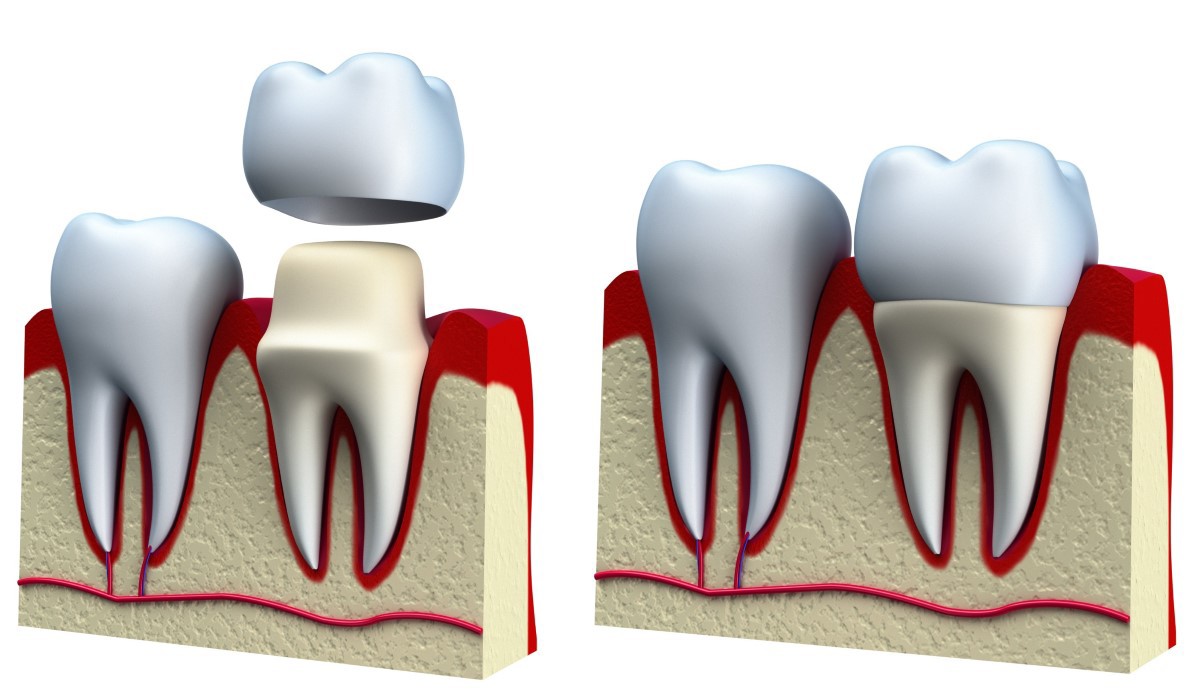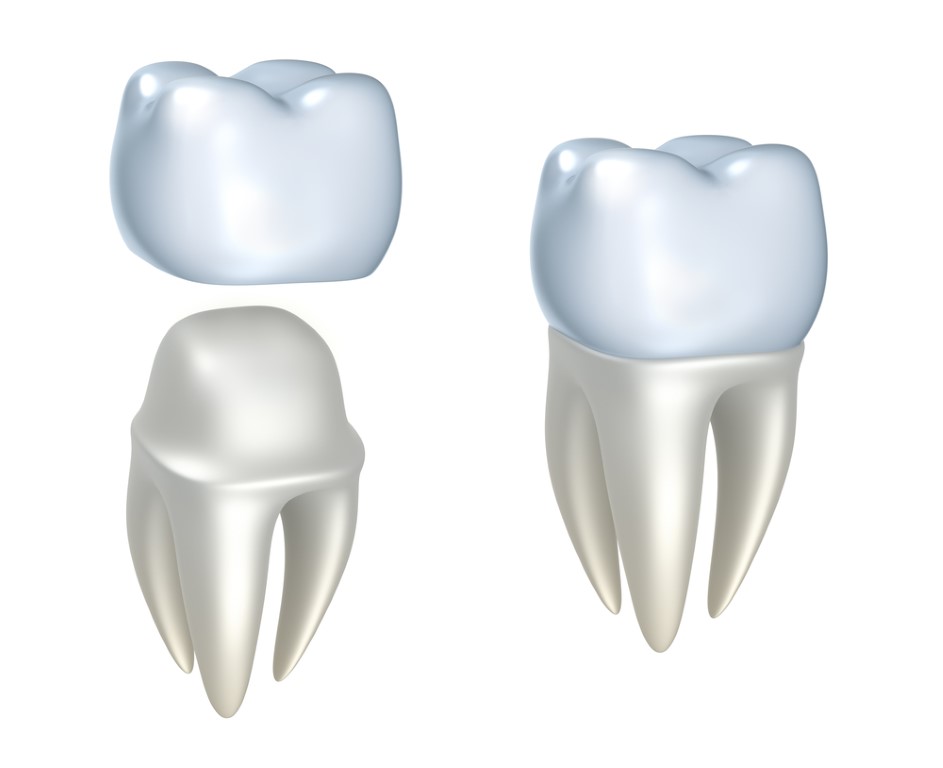
Loading. Please wait...

Loading. Please wait...

Dental Crown – With good oral hygiene and proper care of the crown, it would be expected to last from 5 to 15 years, but like most dental restorations, they will eventually need to be replaced.
There are several types of crowns. Porcelain (tooth colored) crowns tend to be the most popular. Other types of crowns consist of full metal or a combination of porcelain and metal.
There are many instances where a crown can be recommended:
A crown procedure usually requires two appointments.
If you have any questions about dental crowns please contact us!
